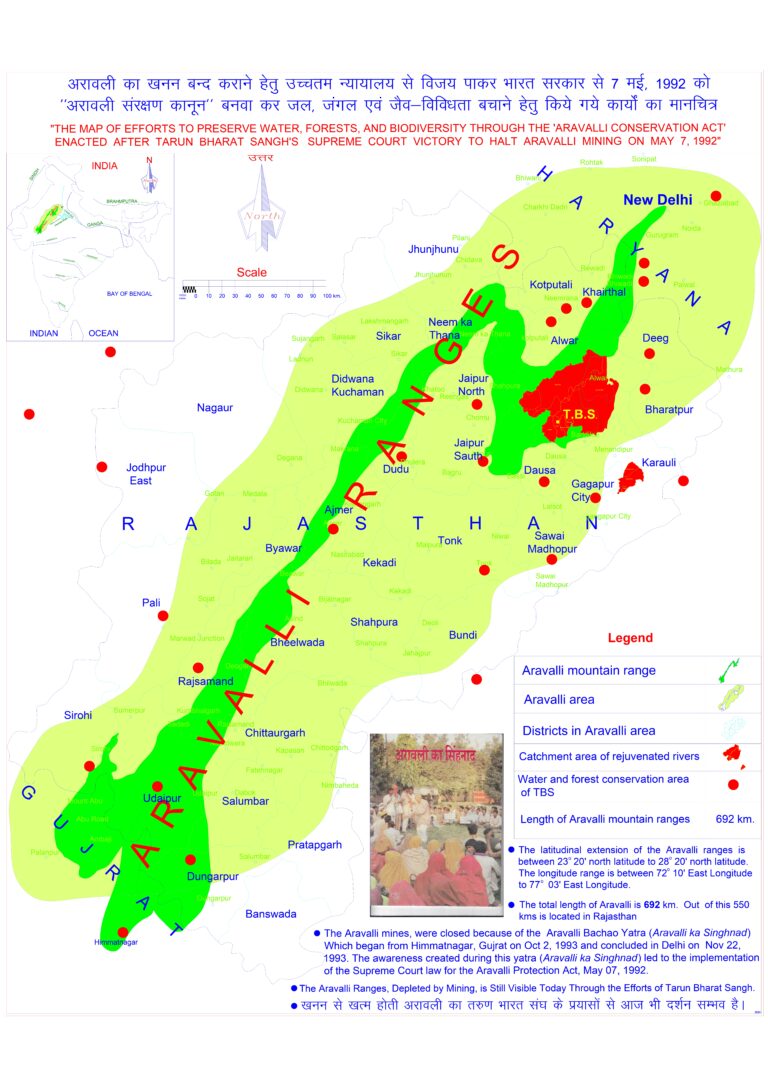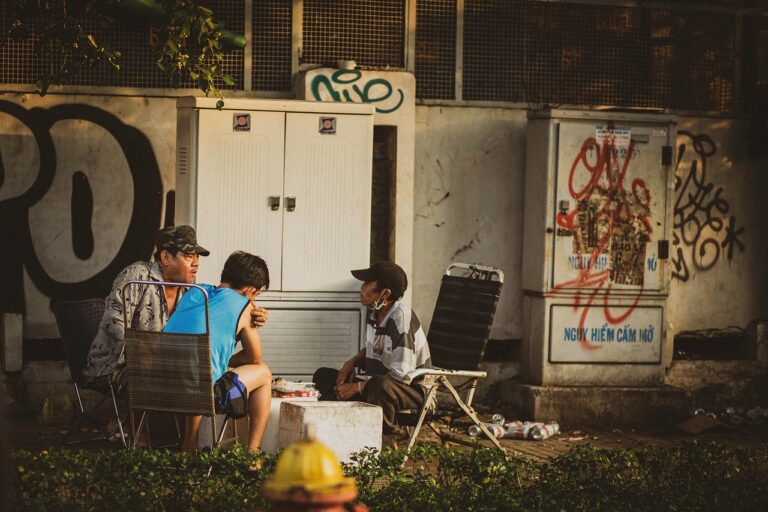
 By Paulo Pinheiro*
By Paulo Pinheiro*
For over ten years the people of Syria have been ravaged by war. More recently, the pandemic and the current economic crisis have inflicted new dimensions of suffering on Syrians. Today in Syria, the war continues in earnest in some places, with simmering conflict in others and rampant human rights violations and abuses carried out with impunity by armed actors who prey on civilians in their areas of influence.
Five international armies, their proxies and a plethora of other non-State actors continue to fight in Syria – including the air forces of the Russian Federation, the United States and Israel. Civilians must navigate through all of these actors and their divergent agendas as they simply attempt to go about their lives.
Also read: Myanmar and Syria expose the United Nations’ limitations; High time to reform the UN
In Idlib governorate, where the UN designated terrorist group Hayat Tahrir Al-Sham, or HTS, controls the bulk of the civilian population, but where thousands of Syrian National Army and Turkish Security Forces are also present, – more than 2.7 million IDPs remain stranded in increasingly desperate living conditions.
Despite initial and encouraging reductions in violence following the March 2020 ceasefire, violence has escalated since January this year across north-west Syria. Ground and air strikes by pro-Government forces on medical facilities, markets, and schools have yet again damaged and rendered them inoperable. These attacks greatly reduced access to food, water, healthcare, and adequate housing and created a climate of pervasive insecurity in areas already suffering from overcrowding, inadequate resources, and in much of the Governorate, the stifling rule of HTS.
To the east, in Afrin in Aleppo Governorate and Ras al-Ayn in Hasakah Governorate, unclaimed attacks using improvised explosive devices, or IEDs, are killing and maiming scores of civilians. In the same areas, members of SNA brigades continued arbitrarily detaining civilians, including women and children, and – in parallel – looting and appropriating properties throughout areas of control. Many are still unable to return to their homes.
In northeast Syria, unpopular initiatives by the self-administration, economic hardship, and rising insecurity linked to the re-emergence of ISIL remnants triggered widespread demonstrations, predominantly in Arab-populated regions. Syrian Democratic Forces, or SDF, at times have responded violently. At the end of May in Menbij, Aleppo Governorate at least 5 were killed and 30 injured while protesting against the forced conscription of young men into SDF forces.
Troubling reports of arbitrary arrest and death in detention are under investigation, including the recent death of Amin Issa Al-Ali, a member of the Kurdistan Democratic Party of Syria (KDP-S) in SDF custody.
Also in the northeast, thousands of men and boys suspected of having links to ISIL, including foreigners, have been held by local authorities for more than two years already. While some trials have taken place, most of the detainees remain in without adequate judicial guarantees and outside the protection of the law.
In al-Hawl camp, more than 60,000 women, men, and children continue to languish in despair more than two years after the US-backed SDF took control of the last populated areas under ISIL control. Thousands of others are similarly held in other camps in the northeast. The populations of these camps are 90% women and children, with an estimated 40,000 children present. This is an outrage. We have documented horrid, inhumane conditions in those camps for years now – and since the start of the year, security in the camps has deteriorated. At least 18, and possibly as many as 60, murders have occurred since the start of 2021 in Al-Hawl camp. In response, the SDF conducted a series of raids inside al-Hawl, removing more than 100 Syrian and Iraqi encamped residents whose whereabouts – to date – remain unknown.
The majority of those children held in these camps are foreign nationals. While some Member States have proactively repatriated their child citizens with their mothers, in line with the best interests of the child, others continue to evade their obligations. All of these children are victims first and foremost, and this must be the starting point in addressing this crisis. While some of their mothers may have also had roles in the ranks of ISIL and should rightly be investigated and where appropriate prosecuted, others were also victims of abuse, having been coerced or groomed into joining the group. States’ refusal to repatriate further victimizes them while adding to the trauma of their experiences.
In Government controlled areas, simmering conflict endures and has a significant impact on the everyday lives of civilians. Tension over detentions and arrests remain and regularly erupt into conflict in southern Governorates and in Rural Damascus. Government forces have resorted to the encirclement of towns coupled with raids, evoking the return of siege tactics in Syria. These standoffs temporarily prevent civilians from leaving to seek medical care and affect the delivery of food and essential medical supplies to towns – with dire consequences during a pandemic.
At the same time, high numbers of assassinations of medical workers, former judges, and reconciliation leaders as well as reconciled fighters by a variety of different parties continue. At least 130 such incidents were recorded between July 2020 and April 2021, underscoring the pervasively unstable environment.
Across the country, and acutely in Government controlled areas, civilians continuously face deprivation of housing, land and property rights. Government security forces have destroyed houses in recently retaken areas for monetary gain. Vacated properties of thousands of displaced civilians have been auctioned without the involvement of their owners. In and around Damascus, large numbers of individuals are still being prevented from accessing their homes, without compensation.
While security or redevelopment rationales are sometimes offered, many impacted areas are neighbourhoods associated with early pro-democracy demonstrations or later armed resistance. The policies often appear intended to punish and to perpetuate displacement. Women and girls – in particular in cases of protracted displacement – continue to face additional challenges in accessing land and inheritance rights, as well as obtaining vital documents such as death or marriage certificates.
In areas not subject to active hostilities, the economic situation, the COVID-19 pandemic, and insecurity continue to devastate the populace. The price of essential goods and transportation costs are increasingly outside of the grasp of many Syrians. According to the World Food Programme, 60 percent of the current population is food insecure. In many areas, water, electricity and health infrastructure have been destroyed by years of war. Syria has thus far received only one COVAX shipment in March 2021. This is grossly inadequate.
In certain areas, the humanitarian situation is even more acute. In less than one week, the United Nations Security Council will vote on the renewal of the lifesaving cross border mechanism for aid-deliveries into Syria. While these humanitarian deliveries service a highly vulnerable population where the need is exacerbated by a global pandemic, political and security interests of States are likely to be equally dispositive. Tellingly, on 21 March, repeated airstrikes struck fuel facilities along the Bab al-Hawa/Sarmada axis, disrupting supply of fuel and goods and – in parallel – temporarily halted humanitarian deliveries, with devastating consequences. A surgical hospital in Atarib was also hit directly on the very same day, killing at least 7 civilians, including two boys and one woman, and injuring 15 others, including four medical staff.
Despite the continued inadequate response at the Security Council in general, there now finally appears to be some momentum behind the establishment of a mechanism on the missing. This is something we have advocated for since 2016, in line with the calls by a number of Syrian Victims’ and Family Members’ associations. It is vitally important that the international community facilitate the creation of an independent mechanism with an international mandate in close consultation with survivors, families and the organisations that they have created to represent their views. They deserve an effective mechanism that can document the disappearance of their loved ones and help track their fate and whereabouts. This is a priority. If the international community cannot bring about an immediate end to this conflict, it should at least act now to address the tens of thousands of families awaiting news of their missing relatives. A crucial element of this endeavour is for the Syrian state, and others actors detaining people, to provide the names, whereabouts, and access to, those they are holding and immediately release all persons detained arbitrarily so they may reunite with their kin without further delay.
*Paulo Pinheiro is the Chair of the Independent International Commission of Inquiry on the Syrian Arab Republic. He presented the above statement to the 47th Session of the United Nations Human Rights Council on July 6, 2021





